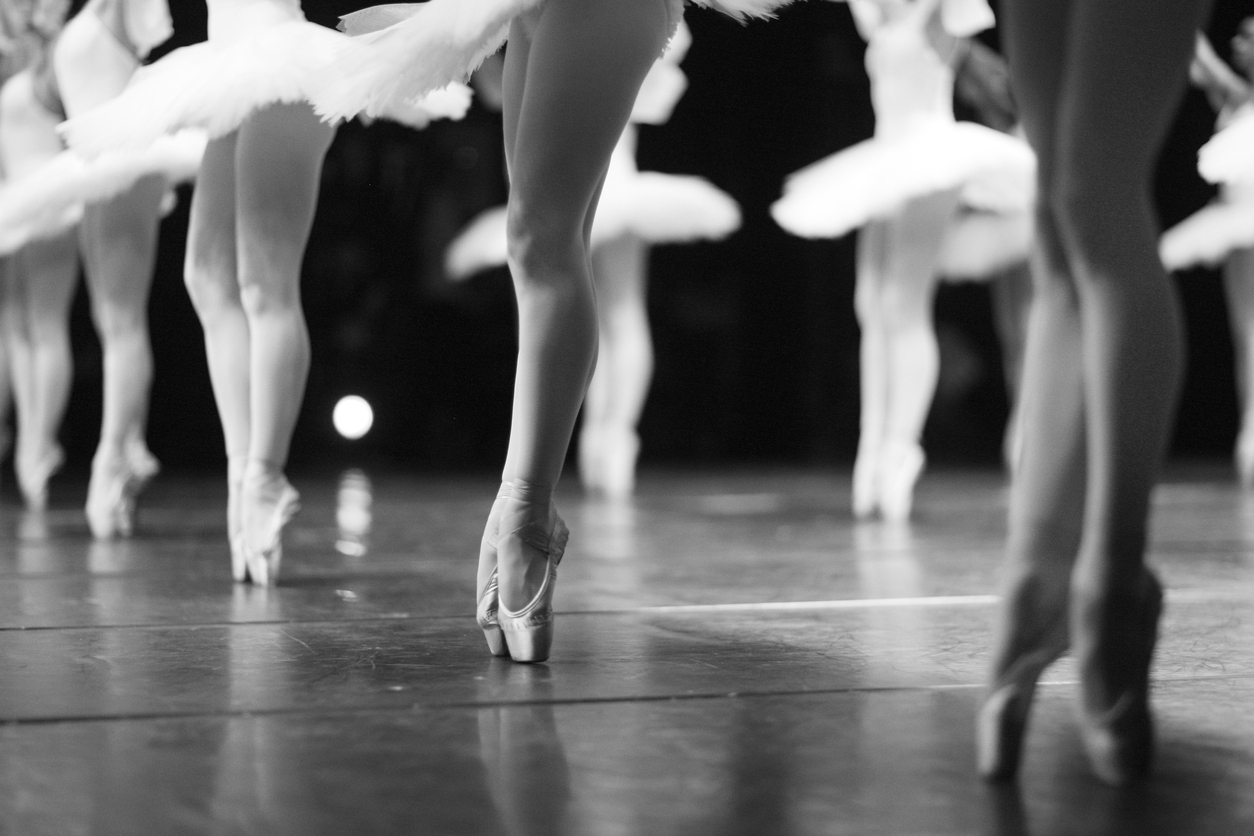You might not know it, but ballet can be traced all the back to the 1600s. It’s crazy to think that in the 15th century, King Louis XIV of France had ballet dancers entertaining in his court. Another interesting fact is that the first dancers standing on their tip-toes did so in the late 1700s. Eventually, of course, dancers would be trained to rise up on their toes, forming a “point,” which gave rise to the pointe shoe.
Pointe shoes, like the ones from Body Things Dancewear, are something that basically every ballet dancer has in his or her arsenal. They’re a very important part of a dancer’s art, though some people want to make these shoes themselves as a DIY project. Is this a good route to go?
Reasons to Avoid DIY Dance Shoes
You Need Real Stability
You might not think so by looking at a pointe shoe, but these shoes do a great job of stabilizing the foot. When most people think of stability in this context, they’re thinking about ankles, and pointes don’t even reach the ankle. So, of course, people might wonder how they offer support. They offer this support by stabilizing the sole of the foot and providing a lot of rigidity for the toes. The rest of the foot and ankle remain very flexible for ballet moves, but there is a lot of support offered from a pointe shoe.

Shoes Need to Protect
The thing about pointe shoes is that they also have to protect. Sure, they don’t have steel toes or a lot of ankle support, but they do protect the toes and the soles. There is a lot of standing and spinning on one’s toes in ballet, so the material in that area is specifically crafted to be a bit more rigid than the rest of the shoe, which is flexible. The point is that a whole lot of designing went into creating a pointe shoe that can flex and feel light and comfortable for a dancer while providing that underfoot stability and toe protection. The likelihood that you can recreate this is very slim, unless you have ample experience in shoe design mechanics.
Would You DIY Any Other Shoe?
Think about going to work in a harsh environment that requires hefty boots. Would you take to crafting them yourself? What about if you played a sport, like basketball? Do you think a pair of DIIY high-tops would really hold up to the rigours of the game? Let’s not forget here that dancing is an intense activity; it should be categorized as a sport when you consider how much training dancers do. The train for as many hours in a week as most people work, and so shoes they wear have to be tough enough to withstand all of that pressure.
Really a Waste of Time, Practically Speaking
Here’s the stone facts about a high-quality pointe shoe: It doesn’t cost a ton of money, and it’s going to last you for a long time. You see, in order to create a good DIY pointe shoe, you’re going to have to buy top-notch material, and then you’re going to have to cut it, and craft the shoe. By the time you’re done, you’ve already spent just as much as you would have buying a pair of quality shoes from an online store, and you’ve wasted a lot of time in your life crafting the shoe. Unless you are a legitimate shoemaker, you should consider buying a pair of shoes already made. You can read above and understand that these shoes aren’t just foot wraps; a lot goes into them. So buying them is safer and easier.
The main reason that people want to go the DIY route with anything is that they have a vision for what they can do as a custom job. However, when it comes to something so vital to a dancer’s success like the pointe shoe, you really should allow the professionals to craft them. You could end up spending a lot of time and money and coming away with a shoe that doesn’t even work for dancing.